Here are the adverse reactions of Pfizer and Moderna vaccines. Aifa report
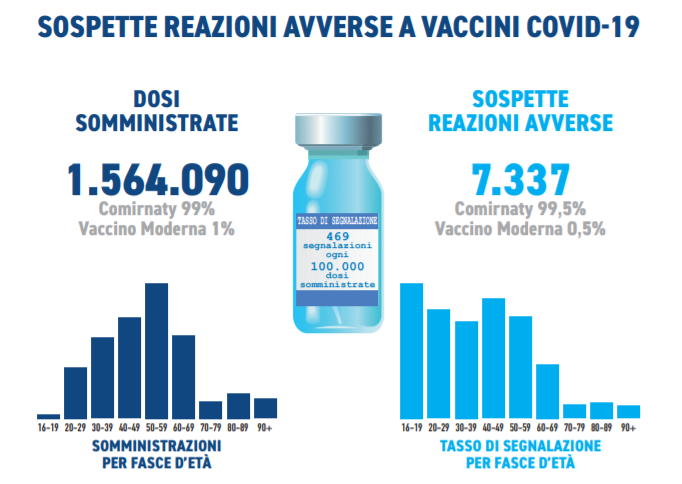
Adverse Reactions of Pfizer and Moderna Vaccines. All the details of the first Aifa (Italian Medicines Agency ) report on the surveillance of anti Covid-19 vaccines.
Pain at the injection site, fever, asthenia / fatigue, body aches. These are the adverse reactions of the anti Covid-19 vaccines administered in Italy, those of Pfizer / Biontech and Moderna.
There were 469 adverse reactions per 100,000 doses, according to data from the first Aifa report on the surveillance of Covid-19 vaccines.
NON-SERIOUS REACTIONS TO PFIZER AND MODERN VACCINES
The Comirnaty vaccines from Pfizer / BioNTech (authorized on 22 December 2020 and in Italy used since 27 December 2020) and Covid-19 Vaccino Moderna (authorized on 7 January 2021 and administered on our territory starting from 14 January), have caused the 92.4% non-serious adverse reactions “such as injection site pain, fever, asthenia / fatigue, muscle aches. Headache, paraesthesia, dizziness, somnolence and taste disturbances were also observed with Comirnaty, while with the Moderna vaccine, nausea and abdominal pain ”, explains Aifa, specifying that other local reactions and widespread joint pain were less frequent.
The data refer to the period between 27 December 2020 and 26 January 2021.
IN LINE WITH EXPERIMENTATION
These are reactions that confirm the safety profile of these two mRNA vaccines and "in line – reads the report – with the information already present in the summary of the product characteristics of the vaccines and the analyzes conducted on the data acquired up to now confirm the their safety profile ".
SERIOUS REACTIONS TO VACCINES
There is no lack of serious reactions. These, explains Aifa, are largely "classified as" another clinically relevant condition "(about 74%), ie they have alerted the subject and / or the reporter without determining a specific intervention in a hospital environment".
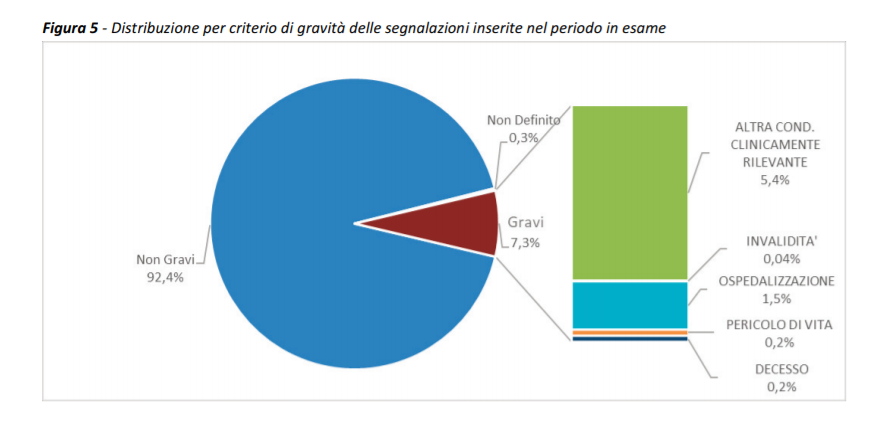
THE DEATH
There were also deaths in the analyzed period. “Overall, 13 cases with death from the Comirnaty vaccine were included in the period considered, with a reporting rate of 0.8 / 100,000 doses administered. Most death reports contain a lot of information, mostly already present at the time of entry into the RNF or obtained with follow-up requests. 54% of these cases concern female subjects and 46% male, with an average age of 86.5 years (median age: 90 years), mainly institutionalized in RSA. The distribution by sex and age is compatible with the demographic characteristics of the elderly population in Italy. In all cases, these are subjects affected by one or more basic pathologies, of a chronic and complicated nature and subjected to polytherapy. The death occurred at a distance ranging from a few hours to 12 days after vaccination, ”the report reads.
THE GENERAL NUMBERS
Looking at the numbers, 7,337 reports were reported out of a total of 1,564,090 doses administered for both vaccines, with a reporting rate of 469 per 100,000 doses.
“Most of the reports are related to the most widely used Comirnaty vaccine (7,294 out of 1,550,019 doses administered),” the report reads.
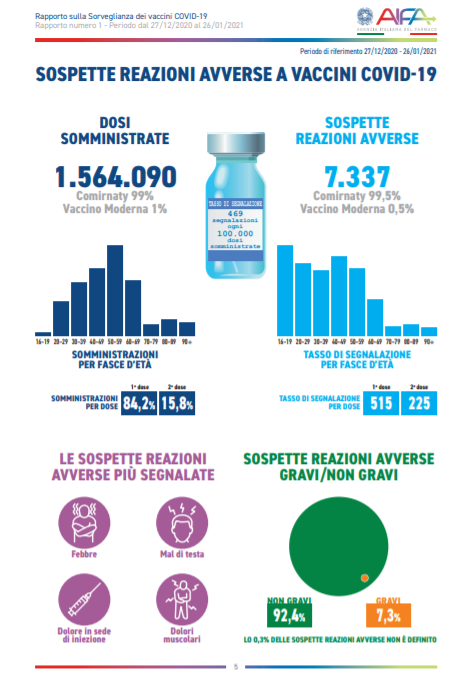
MORE ADVERSE REACTIONS IN WOMEN
The most adverse reactions are women. “The reporting rate is 561 / 100,000 doses administered in females and 293 / 100,000 doses administered in males, regardless of the dose and vaccine administered,” explains the report.
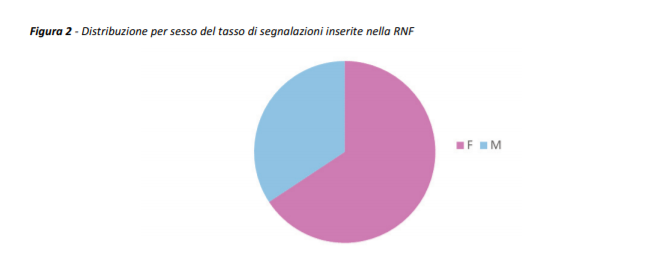
The average age of the subjects was 46.2 years (age range 18-109 years).
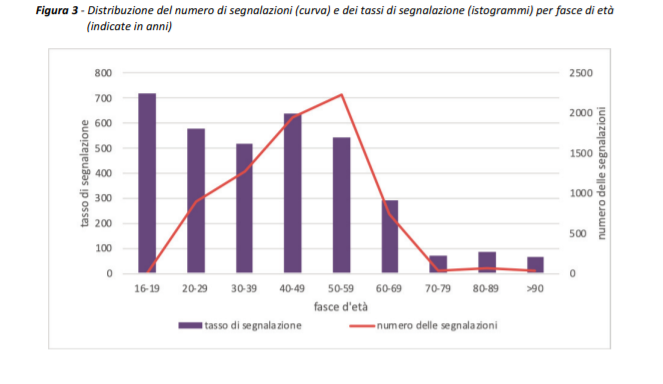
THE TIMES OF REACTIONS TO VACCINES
In most cases, the reaction occurred on the same day as vaccination or the day after (approximately 85% of cases). Only rarely has a reaction been reported after 48 hours from drug inoculation.
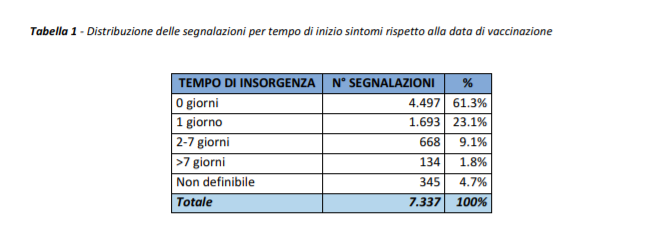
THE REACTIONS OF THE PFIZER-BIONTECH VACCINE
What were the reactions after the administration of the Pfizer-Biontech vaccine?
"Most of the events reported for Comirnaty vaccine are related to the organosystem class of General Disorders and Administration Site Conditions and are predominantly represented by injection site pain, fever, asthenia / fatigue and local reactions, classified as non-serious in 94% of cases. The events that fall under the Nervous System Pathologies follow in order of frequency, for 91% of non-serious type, mainly represented by headache, paraesthesia, dizziness, drowsiness and taste disturbances and the events that fall among the Musculoskeletal system disorders and connective tissue, 94% not serious, mainly represented by widespread muscle and joint pain, ”the report writes.
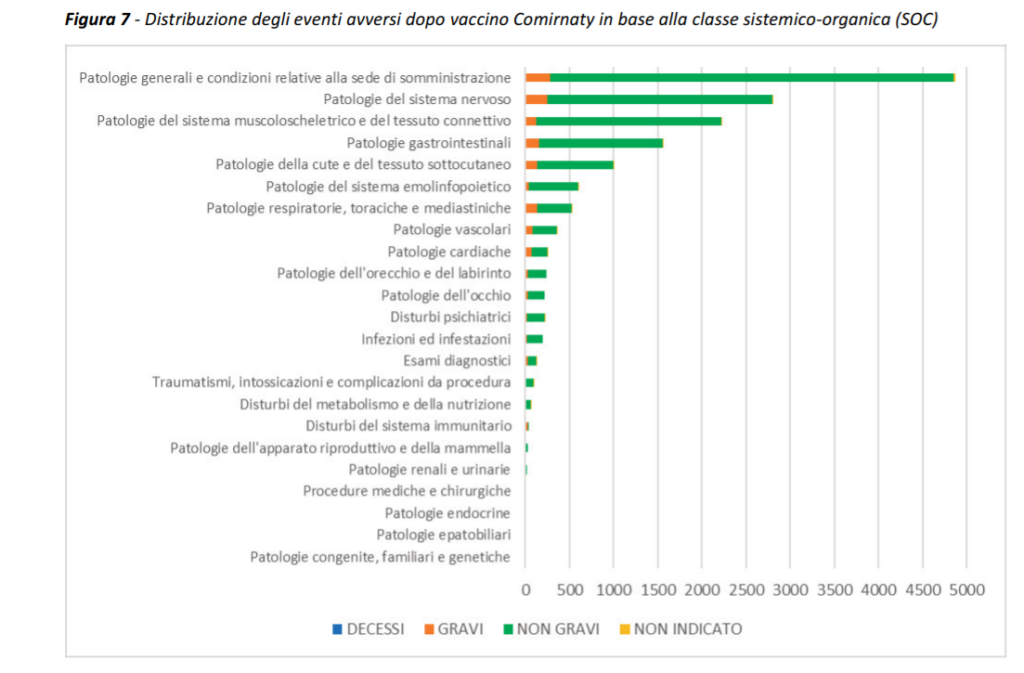
REACTIONS TO MODERNA VACCINE
For Moderna, most of the adverse reactions "relate to the organosystemic class of general disorders and conditions related to the administration site and are mainly represented by fever, asthenia / fatigue and pain at the injection site which 97% are classified as non severe. The events that fall within the Musculoskeletal system and connective tissue disorders follow in order of frequency, especially widespread muscle and joint pain, classified as non-serious in 94% of cases and among Gastrointestinal disorders, mainly nausea and abdominal pain classified as non serious in 90% of cases ".
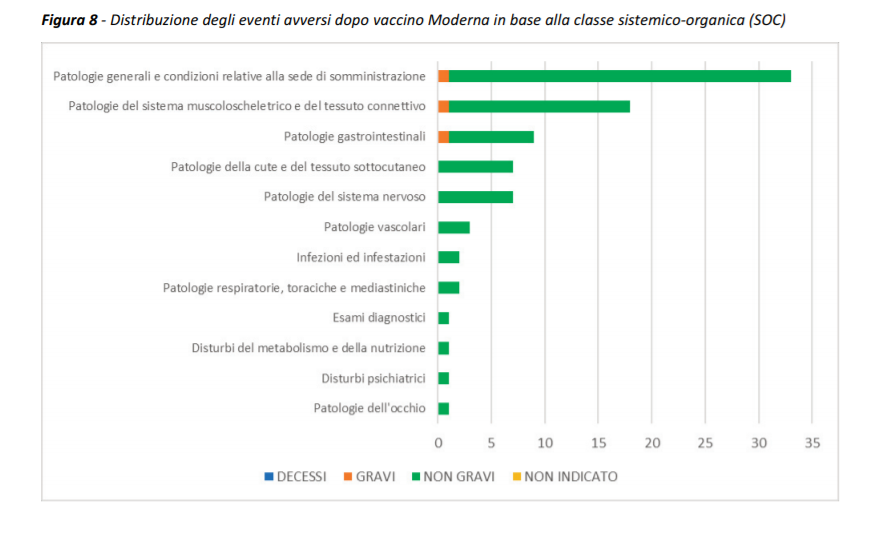
Here the first Aifa report on the surveillance of Covid-19 vaccines.
This is a machine translation from Italian language of a post published on Start Magazine at the URL https://www.startmag.it/sanita/ecco-le-reazioni-avverse-dei-vaccini-pfizer-e-moderna-rapporto-aifa/ on Fri, 05 Feb 2021 08:29:23 +0000.
